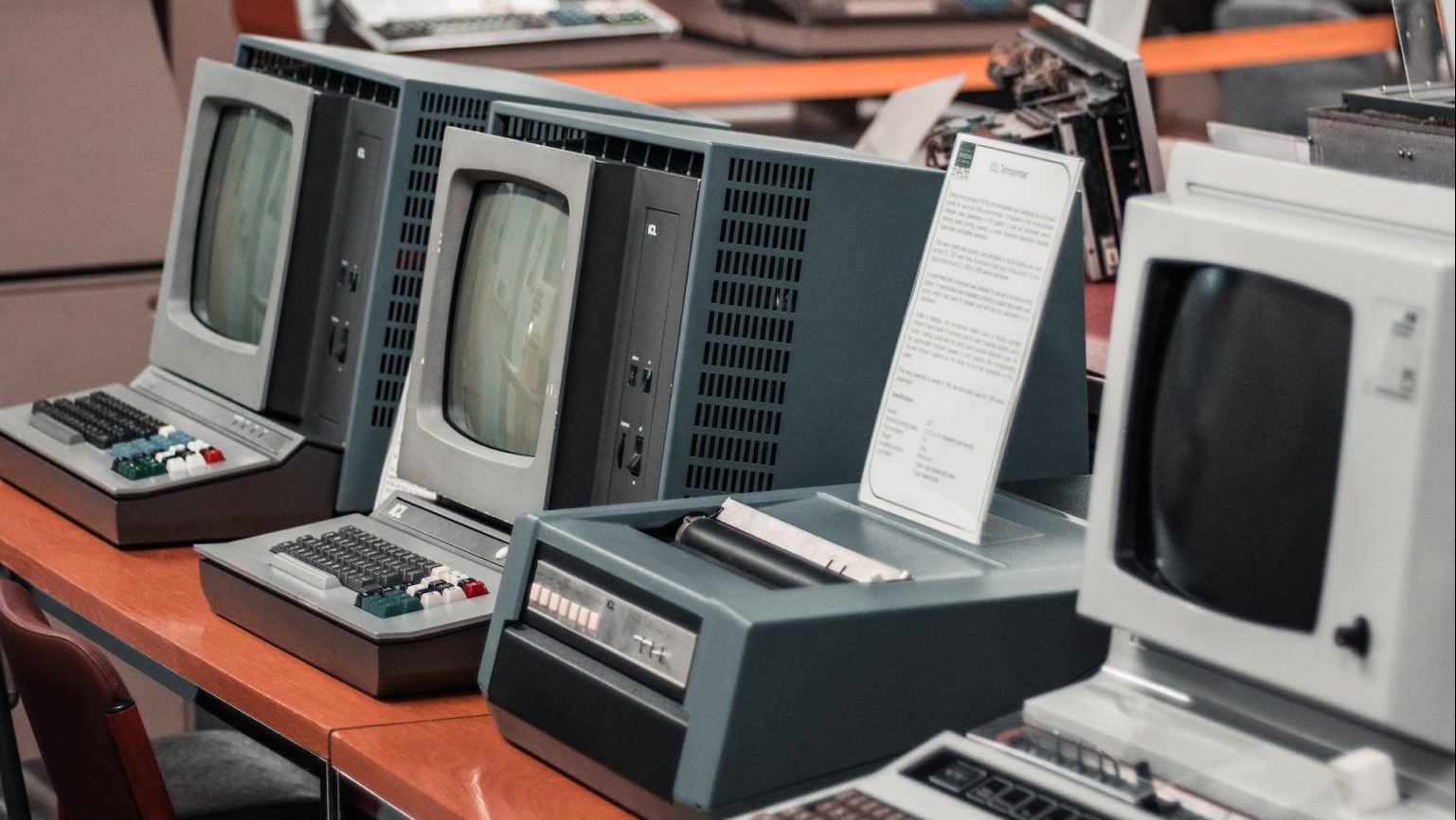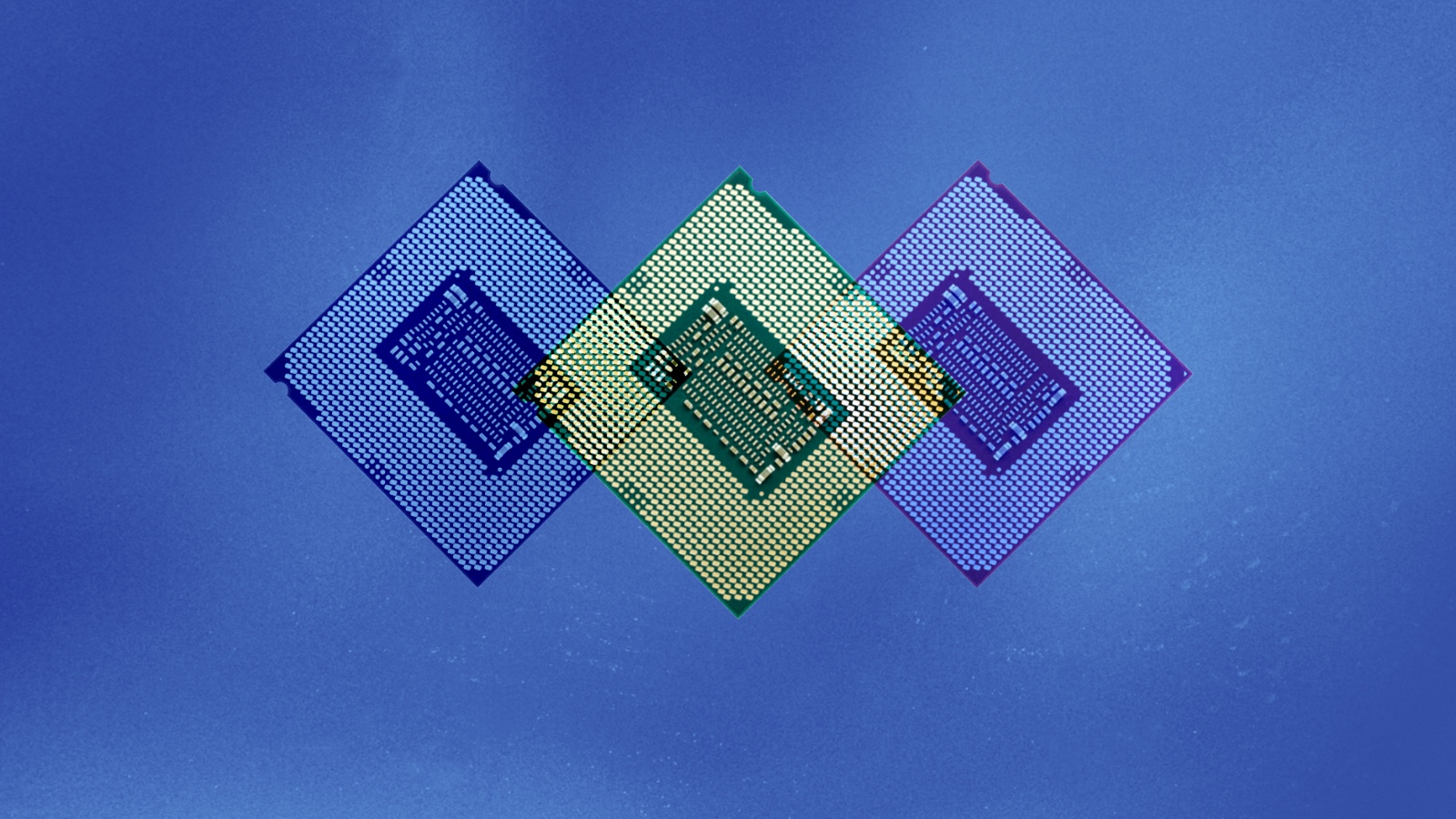Your Big Blue Brain on a Silicon Chip

The new experimental “brain chips” developed by researchers at IBM and DARPA represent a fundamental breakthrough in computing power. If these brain chips are ever commercialized, they would make possible what are essentially thinking, artificial brains. Just as the human brain is capable of building and re-wiring synapses as part of an evolutionary learning process, these IBM brain chips are able to form, re-form and strengthen artificial synapses, giving them the ability to take on tasks related to sentient beings. Instead of being mere calculators, the new era of computers would be able to “sense, perceive, interact and recognize” in the same way that humans can.
In short, the machines are alive.
What exactly are these new brain chips capable of doing? Venture Beat highlighted a number of different computing tasks that had previously been beyond reach of even the most powerful supercomputers:
“As a hypothetical application, IBM said that a cognitive computer could monitor the world’s water supply via a network of sensors and tiny motors that constantly record and report data such as temperature, pressure, wave height, acoustics, and ocean tide. It could then issue tsunami warnings in case of an earthquake. Or, a grocer stocking shelves could use an instrumented glove that monitors sights, smells, texture and temperature to flag contaminated produce. Or a computer could absorb data and flag unsafe intersections that are prone to traffic accidents.”
What is perhaps most exciting is that we may soon have a computer that is capable of passing the Turing Test, which has long been the Holy Grail of computing. Quite simply, the Turing Test, first proposed more than 50 years ago by computer science legend Alan Turing, is a test of whether a machine has the ability to exhibit intelligent behavior. While there have been computer programs such as ELIZA that have been able to imitate intelligent human behavior, as well as non-intelligent behaviors (like making typos), these programs were not “thinking” in the sense of a sentient being. True “thinking” requires learning and reasoning, and that requires the ability to re-create the way the human brain rewires its synapses. The IBM brain chips solve for this problem by actually creating a computer that is wired like the human brain.
Making all this possible is a paradigm shift in the way that we think about computing and computing architecture. The Golden Age of artificial intelligence may be closer than we think. It’s not just IBM and its Big Blue brain chips. Stanford’s new online Artificial Intelligence class, taught by Silicon Valley legends Peter Norvig and Sebastien Thrun, has already signed up 58,000 people worldwide to participate in a first-of-its-kind online learning experiment this fall. The dream of creating a sentient, thinking machine is almost a reality — and there are now tens of thousands of people around the globe who are ready to take artificial intelligence to the next level. Ray Kurzweil predicted that machine intelligence and human intelligence would merge at some point within the next two decades, giving birth to The Singularity. It appears that he was right.





